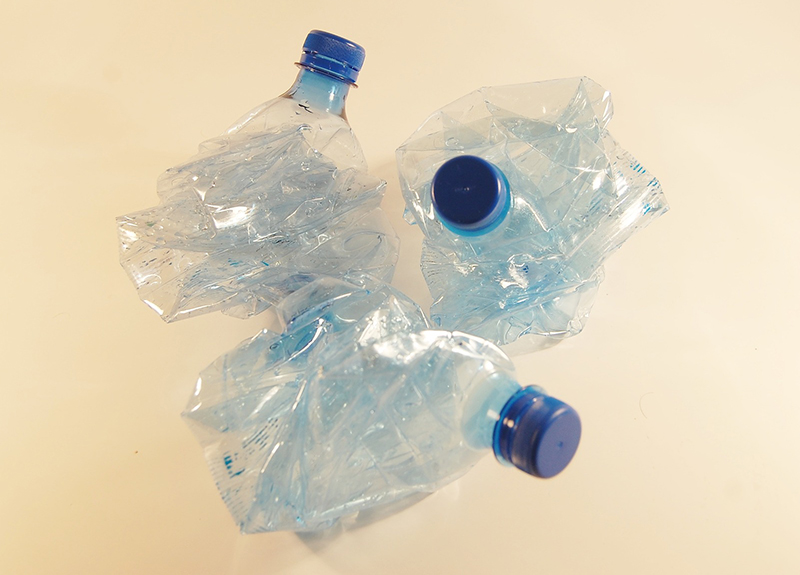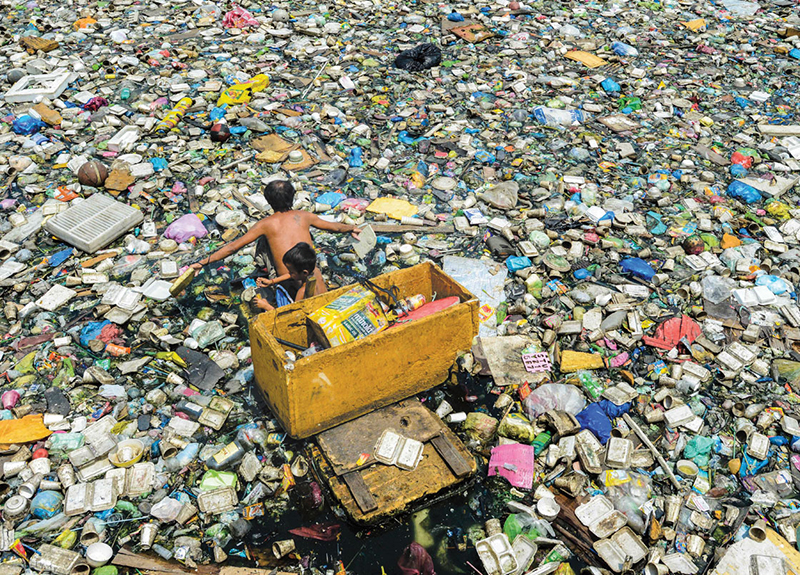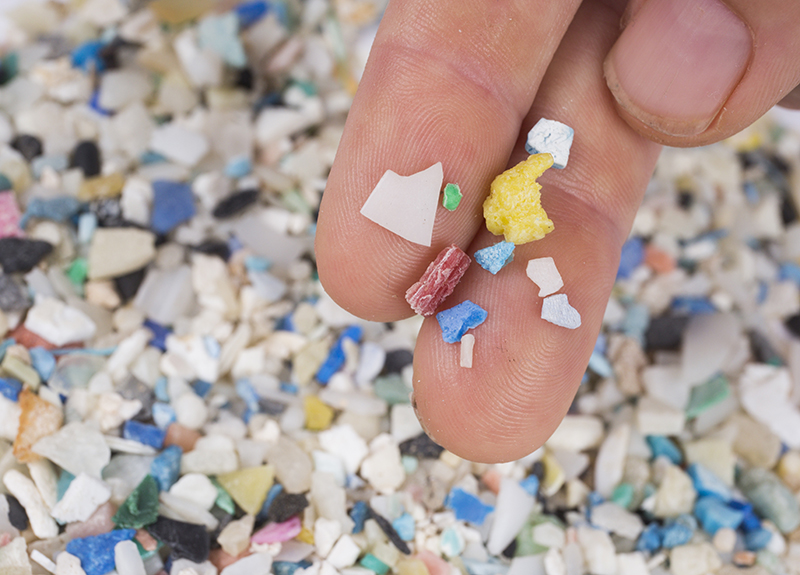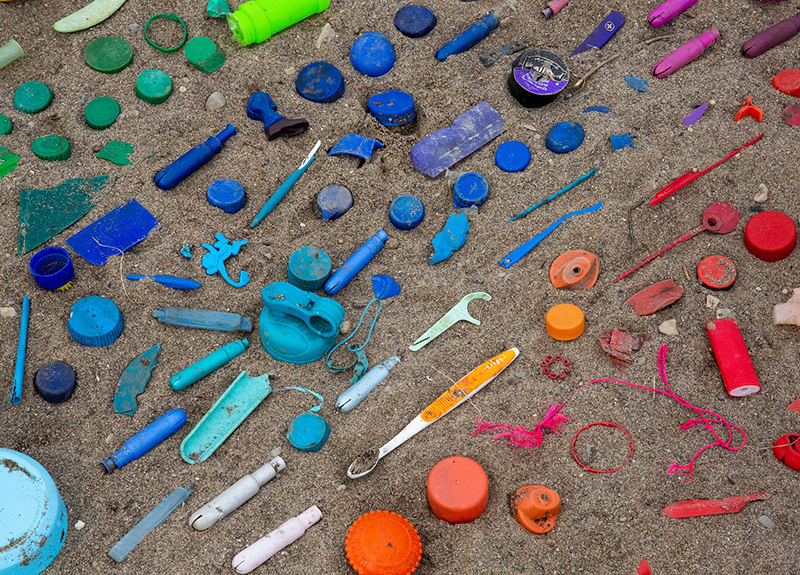Only nine percent of discarded plastics have been recycled, according to researchers at the University of California Santa Barbara. Of the 91 percent that is not recycled, 12 percent is incinerated while 79 percent accumulates in landfills or in natural ecosystems. Because plastics are designed to resist degradation, most of it will never break down and will simply become smaller and smaller over time. While a portion of these plastics are recyclable, some types of plastics are simply unable to be recycled. This is the challenge Northwestern University Professor John Torkelson is attempting to address.
Torkelson is the McCormick School of Engineering’s Walter P. Murphy Professor of chemical and biological engineering and materials science and engineering. Having taught at Northwestern for 35 years, Torkelson’s research specializes in polymers—substances that have a molecular structure consisting mostly or entirely of similar units bonded together. Many synthetic materials, such as plastics, are considered polymers.
Torkelson is one of the collaborators at the Institute for Sustainability and Energy at Northwestern’s (ISEN) latest initiative, the Program on Plastics, Ecosystems, and Public Health. The objective of the Program is to illuminate the uncertain environmental and human health impacts of the unprecedented use and accumulation of plastic worldwide. It also aims to accelerate the discovery of scalable solutions to these problems. Bringing together a network of researchers across a variety of disciplines, the Program focuses on three intersecting research areas: material and product innovation; air, land and water ecosystem dynamics; and public health impacts. Torkelson works in material and product innovation where he is currently leading a variety of research projects on the recyclability of highly engineered plastics which are difficult to replace with bio-based materials.
One of these projects is focused on cross-linked polymers such as rubber bands or tires. Cross-links in these materials hold chains together, allowing for them to stretch while maintaining its shape. The problem? They cannot be recycled.
“About 50 percent of the spent tires in the US are burned for energy, 30 percent are turned into rubber crumb, and 15 to 20 percent are lost in tire dumps or in the environment,” explains Torkelson.
The reason cross-linked polymers cannot be recycled is because when they melt, their chains do not “flow” or move past one another. However, Torkelson’s team is developing a method that yields robust bonds at room temperature, but at high temperatures, such as 140 °C the links come apart.
For Torkelson, addressing the issue of plastics is about more than environmental sustainability. It is also about economic sustainability.
“Dollars are lost when a highly engineered material can only be used once,” said Torkelson. “Tires are not inexpensive.”
He also understands that the issue of plastics is complicated and many problems will last beyond the end of his career. However, he hopes that the Program will allow him to collaborate with other researchers who could use his 35 years of experience.
“Even though I have been a faculty member for a long time, I am definitely still in the learning stage,” said Torkelson, “This Program allows me to potentially find synergistic collaborations and learn about problems I may not be aware of.”







